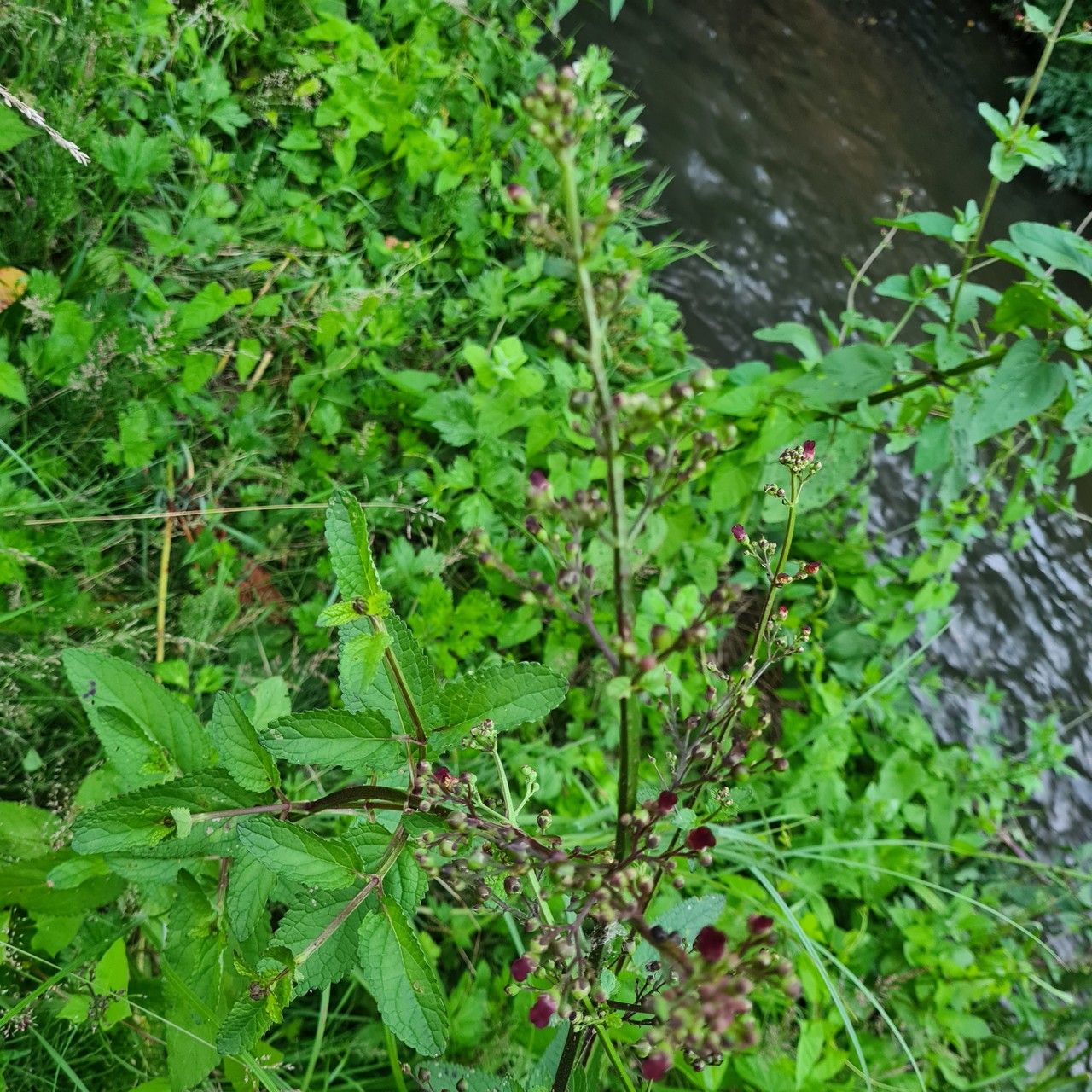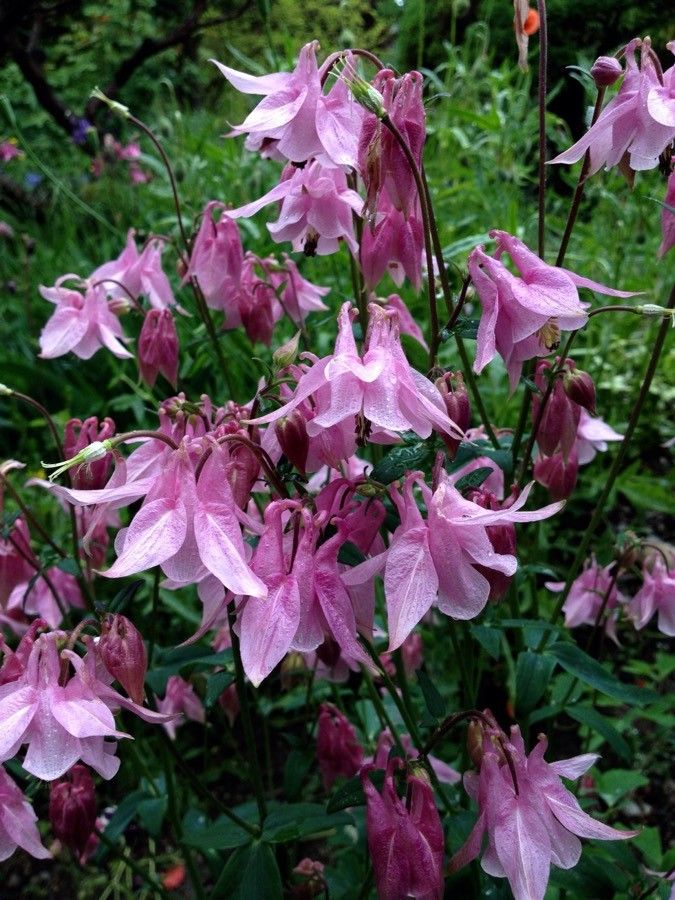## Grow a Giant Great Pumpkin: The Ultimate Guide
The Great Pumpkin, a name synonymous with autumn harvests and Halloween fun, isn't just a whimsical legend – it's a real and rewarding plant to cultivate. Belonging to the *Cucurbita maxima* species within the Cucurbitaceae family, this variety is known for its impressive size and potential to produce truly gigantic fruits. This comprehensive guide will equip you with the knowledge to successfully grow your own impressive Great Pumpkin.
### Habitat and Growth
Great Pumpkins thrive in warm climates with ample sunlight. They are vigorous growers, requiring plenty of space to spread their sprawling vines. Ideally, plant them in a location receiving at least six to eight hours of direct sunlight daily. Remember to choose a well-drained area, as these plants are susceptible to root rot in soggy conditions.
### Soil Needs
Great Pumpkins prefer rich, well-drained soil with a slightly acidic to neutral pH (6.0-7.0). Before planting, amend the soil with plenty of compost or well-rotted manure to improve fertility and drainage. Loamy soil is ideal, offering a balance of sand, silt, and clay.
### Planting and Spacing
Start seeds indoors six to eight weeks before the last expected frost or directly sow seeds outdoors after all danger of frost has passed. Plant seeds one inch deep and approximately four to six feet apart, giving each plant ample space to grow its extensive vine system. Remember to keep the area weed-free, as weeds will compete for essential resources.
### Watering and Fertilizing
Consistent watering is crucial, especially during dry spells. Aim to water deeply and regularly, keeping the soil consistently moist but not waterlogged. Fertilize your plants with a balanced, slow-release fertilizer following the package instructions or use a liquid fertilizer every two to three weeks during the growing season. Consider adding potassium to promote larger fruit size.
### Pest and Disease Management
Great Pumpkins, like other cucurbits, can be susceptible to various pests and diseases. Monitor your plants regularly for signs of squash bugs, aphids, or powdery mildew. Implement appropriate pest control measures, such as handpicking pests or using organic insecticides if necessary. Good air circulation can help prevent fungal diseases.
### Harvesting
Harvest Great Pumpkins when the rind is hard and a deep, rich color, usually 90-120 days after planting, depending on the variety. The stem should be completely dried out and easily detached from the fruit. Handle the pumpkins gently to avoid damage. After harvesting, cure the pumpkins in a cool, dry place for about a week to improve their shelf life.
### Tips for Growing Giant Pumpkins
For those aiming for truly gigantic pumpkins, consider these extra tips: Use high-quality seeds from reputable sources, provide optimal growing conditions (ample sunlight, rich soil, and consistent watering), use trellises or other support systems to help the vines spread effectively, and carefully manage pollination by hand if necessary.
Growing a Great Pumpkin is a rewarding experience. With proper care and attention, you can enjoy a bountiful harvest of these impressive gourds, perfect for carving, decorating, or even entering in a giant pumpkin contest!
Grow Giant Great Pumpkins: A Complete Guide

Frequently Asked Questions
How to grow a giant great pumpkin?
To grow a giant great pumpkin, focus on providing optimal growing conditions: ample sunlight, rich and well-drained soil, consistent watering, and effective pest management. High-quality seeds and potential hand-pollination can also increase your chances of success.
What are the best soil conditions for growing a great pumpkin?
Great pumpkins thrive in rich, well-drained soil with a slightly acidic to neutral pH (6.0-7.0). Amending the soil with compost or well-rotted manure improves fertility and drainage. Loamy soil is ideal.


